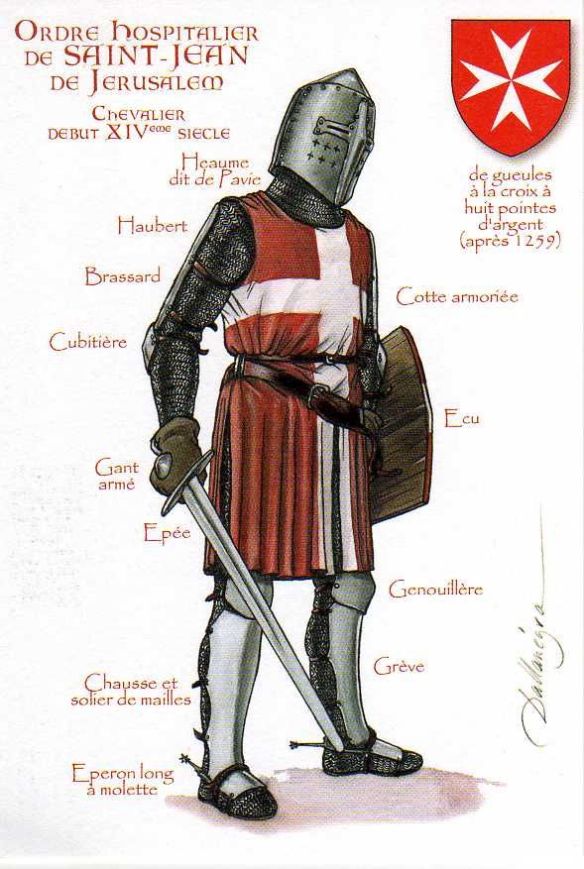
A joint crusading operation carried out by the so-called Holy League (Lat. Sancta Unio) against the powerful Turcoman ruler of the Aydin emirate, Umur Begh or Umur Pasha (1334–1348), who had his headquarters at Smyrna (mod. Ùzmir, Turkey), a stronghold on the western Anatolian coast.
The crusade was preached in August–September 1343 by Pope Clement VI and undertaken by a united Western fleet carrying forces of the papacy, the Venetians, the Hospitallers, the Lusignan kingdom of Cyprus, and some other minor Latin rulers of the Aegean region. The operation’s main target was Smyrna itself, held since 1317 by the Aydin Turcomans and used since 1326–1329 as their base for piratical operations in the south-eastern Mediterranean. The crusade operations of 1343–1344 came as a sequel to an earlier abortive attempt by the Holy League in 1332–1334 to seize the port (autumn–winter 1334). The participants had included the Byzantine emperor Andronikos III Palaiologos and the French king Charles VI of Valois, but its failure had left Umur Begh’s position strengthened until the early 1340s.
The crusade of the Holy League venture met with success on 28 October 1344, when a surprise attack by the titular Latin patriarch of Constantinople, Henri of Asti, occupied the port and the lower citadel of the town. Umur Begh’s naval prestige thus received a severe blow, and he was then forced to mount attacks by land aimed at recapturing the harbor of Smyrna and dislodging the crusaders from the lower town. During the period of the emir’s counteroffensives, the Christians received assistance from a new crusading fleet headed by Humbert II, the dauphin of Viennois, who was officially appointed leader of the crusade by Clement VI. In an attempt to neutralize Umur Begh’s efforts to retake Smyrna, Humbert led repeated unsuccessful operations in the Aegean between early 1345 and late 1346, using as his base from mid-1346 the island of Chios, recently captured by the Genoese. It was only in late April–early May 1347 that his forces (chiefly the Hospitallers) scored a victory over a united Turcoman fleet from the emirates of Aydin and Sarukhan near the island of Imbros.
Umur Begh was killed in action (April–May 1348, according to the dating of the contemporary Byzantine historian Nikephoros Gregoras) during one of his raids against lower Smyrna, thus meeting with a hero’s death according to his biographer Enveri, the fifteenth-century Ottoman epic historian. Umur’s demise occurred just as his former ally, the Byzantine usurper-emperor John VII Kantakouzenos (1347–1354), was on the verge of joining the Holy League, while Clement VI had since 1347 been contemplating a peace treaty with Aydin, having, however, rejected it in February 1348.
Umur’s brother and successor, Hizir (Hidir Begh), eventually signed a treaty with the Latins on 18 August 1348. Smyrna remained in Latin hands until its seizure by Timur Lenk (Tamerlane) in the autumn of 1402, following the latter’s victory over the Ottomans at the battle of Ankara.
Bibliography Ahrweiler, Hélène, “L’ histoire et la géographie de la region de Smyrne entre les deux occupations turques, 1081–1317,” Travaux et mémoires 1 (1965), 1–204. Inalcýk, Halil, “The Rise of the Turcoman Principalities in Anatolia, Byzantium and Crusades,” Byzantinische Forschungen 9 (1985), 179–217. Lemerle, Paul, L’ Emirat d’Aydin, Byzance et l’ Occident: Recherches sur “La Geste d’Umur Pacha” (Paris: Bibliothèque Byzantine, 1957). Setton, Kenneth, The Papacy and the Levant, 1204–1571, vol. 1 (Philadelphia: American Philosophical Society, 1976). Zachariadou, Elizabeth, Trade and Crusade: Venetian Crete and the Emirates of Menteshe and Aydin, 1300–1415 (Venice: Institute for Byzantine and Post-Byzantine Studies, 1983).